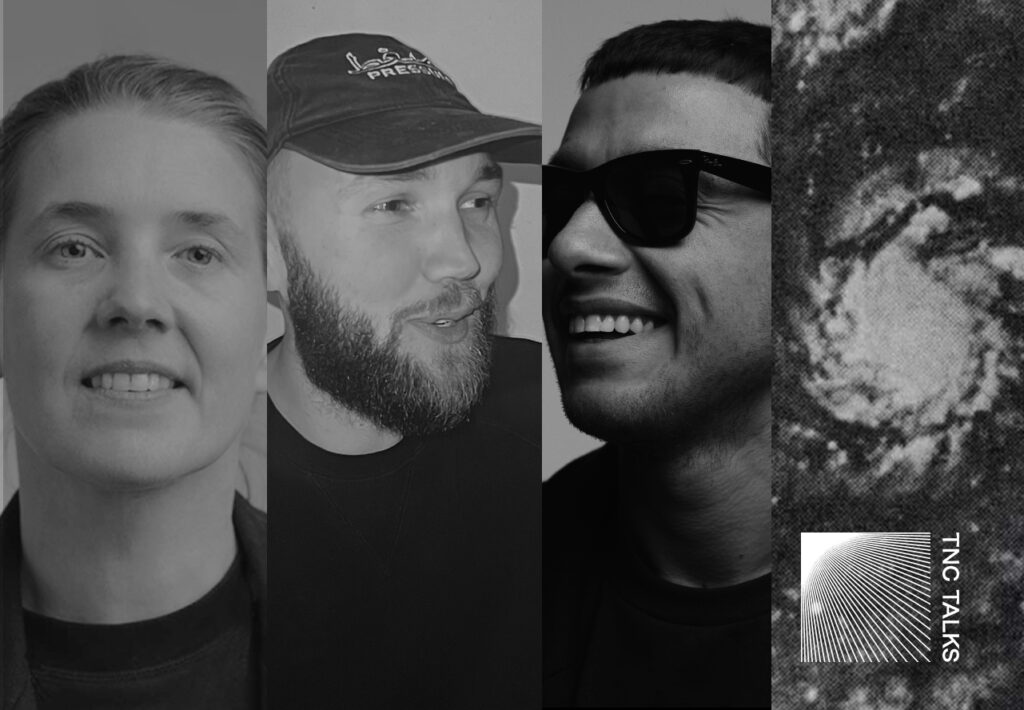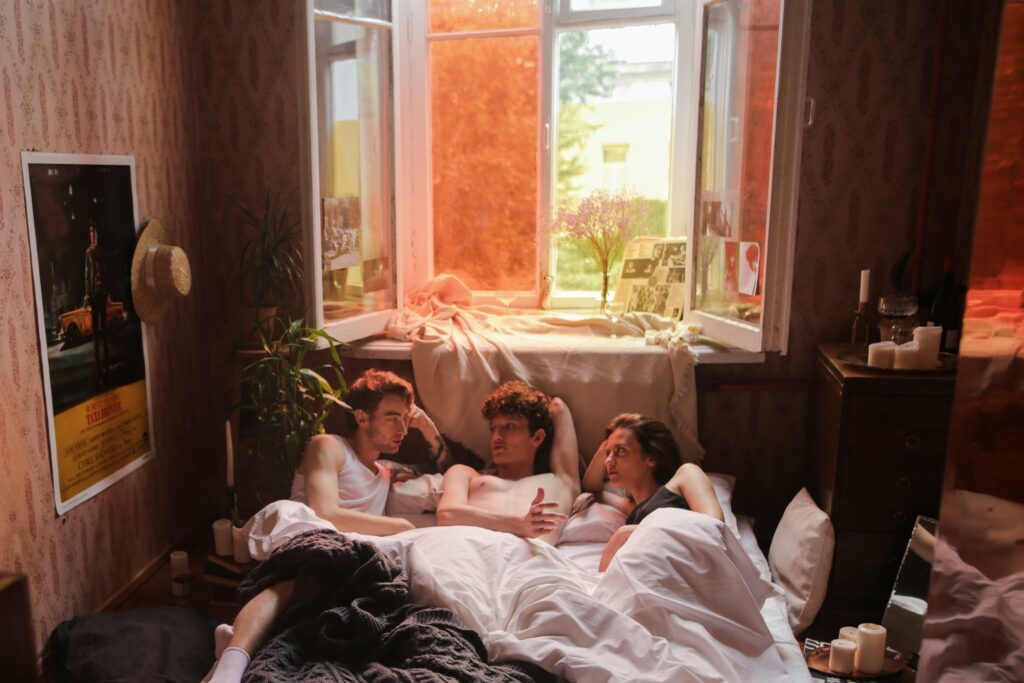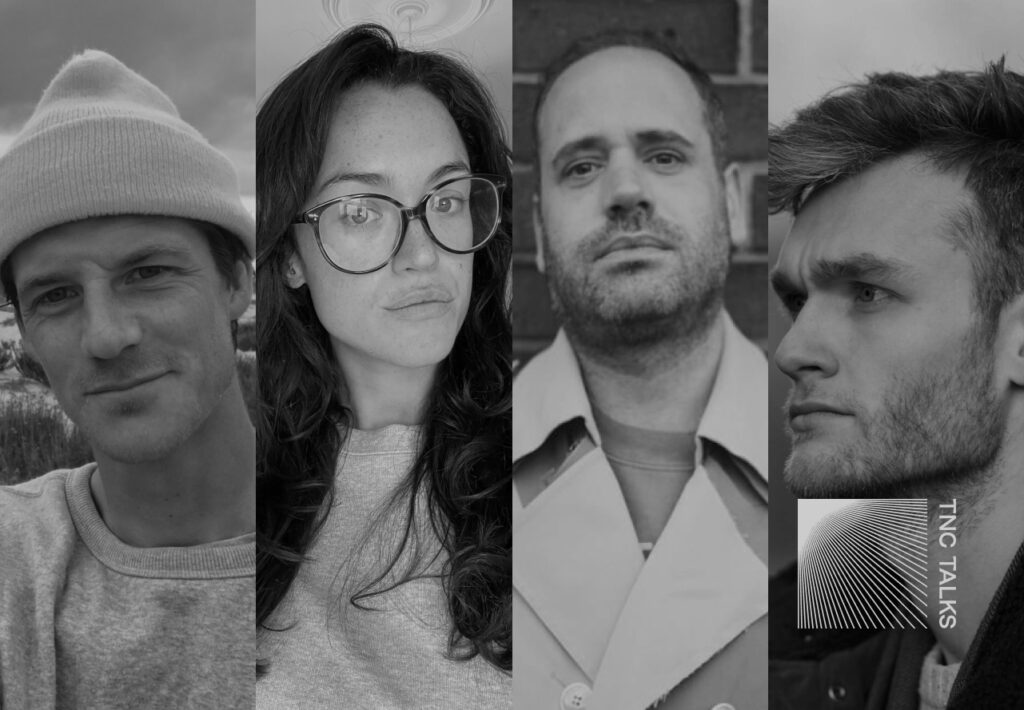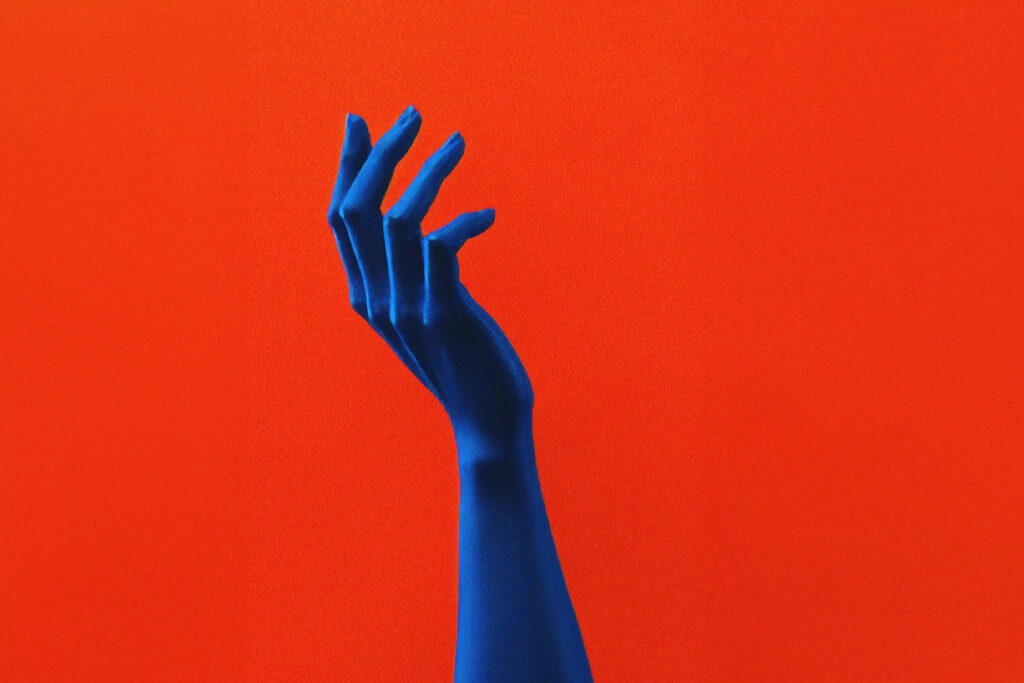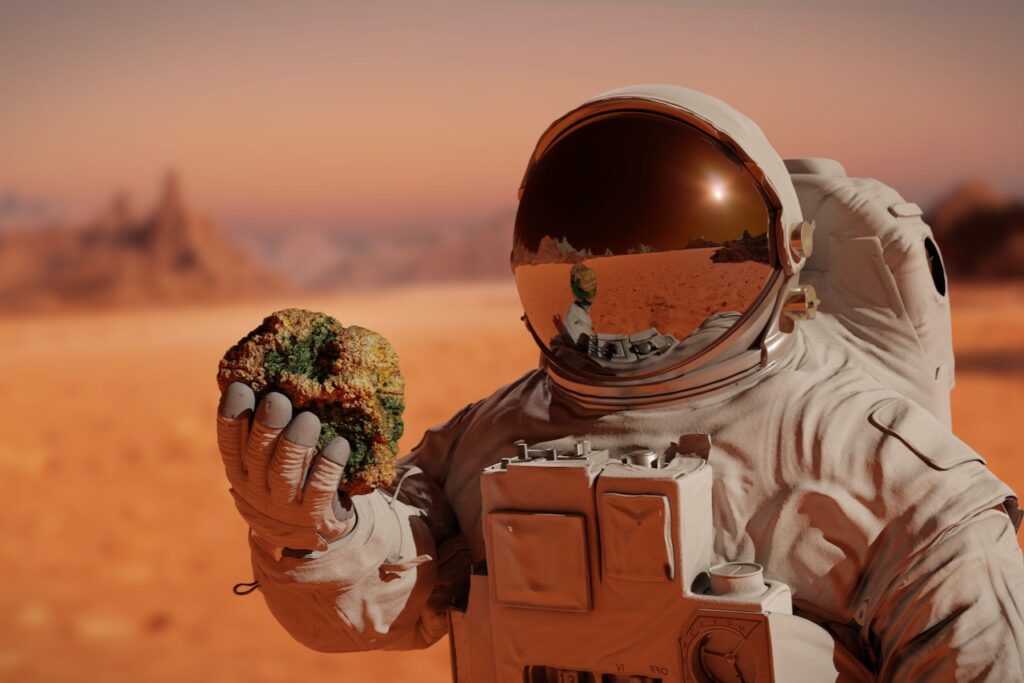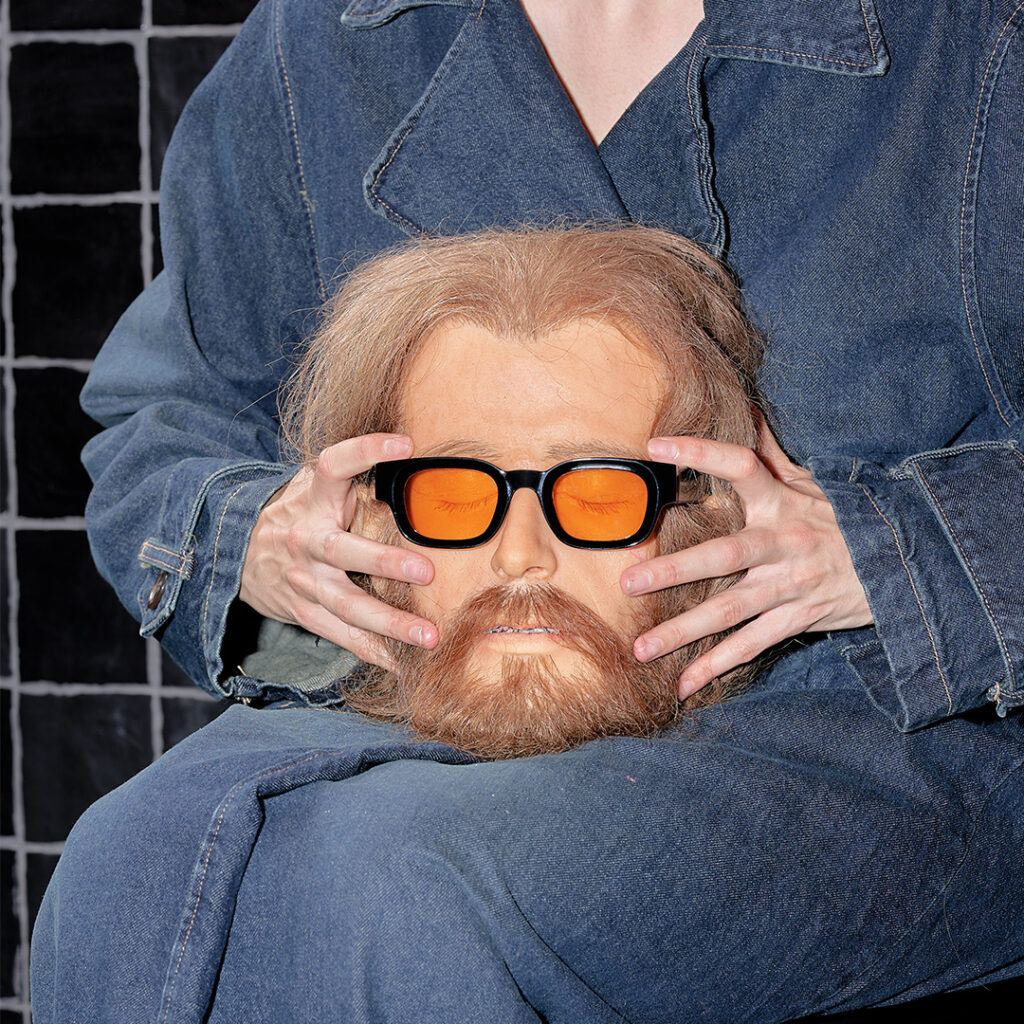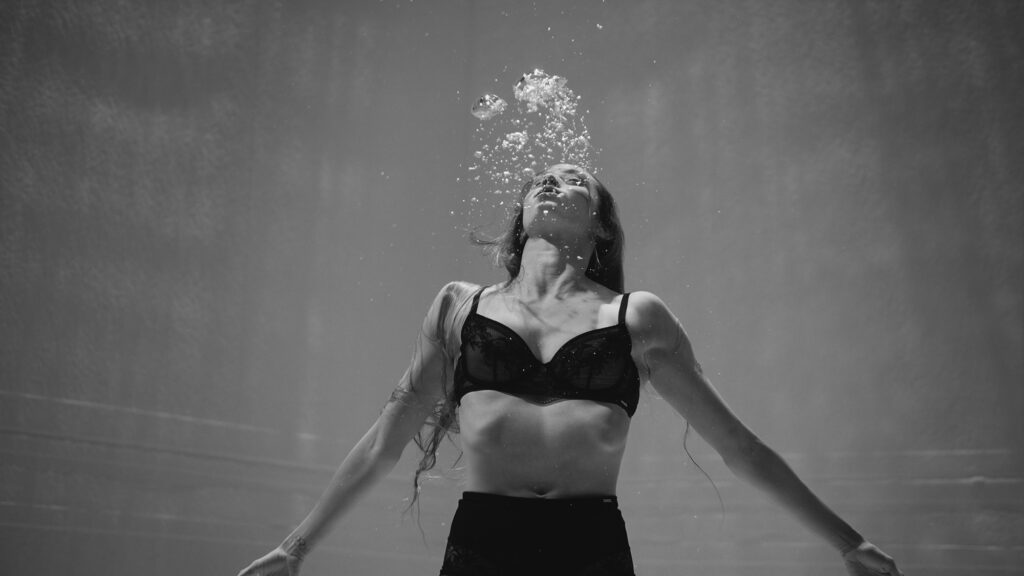To rave or not to rave, that is the question. This is a movement that never seems to be out of fashion. Originating from underground structures into licensed venues after the 2000s, we can safely say that it is influencing the mainstream entertainment culture more than ever, pandemics aside. However, there is the community that sticks with the core values that the raving culture symbolizes. So, what then is rave culture? A fancy word for clubbing or a transnational tribe?
Besides, and maybe more importantly, what are the differences between a so-called mainstream and original raver? Let’s dive in.
We’re hopping into the time capsule for a quick journey to the origins of rave culture to understand how its core values emerged and their effects on the modern-day culture and lifestyle.
First Raves And Their Core Values
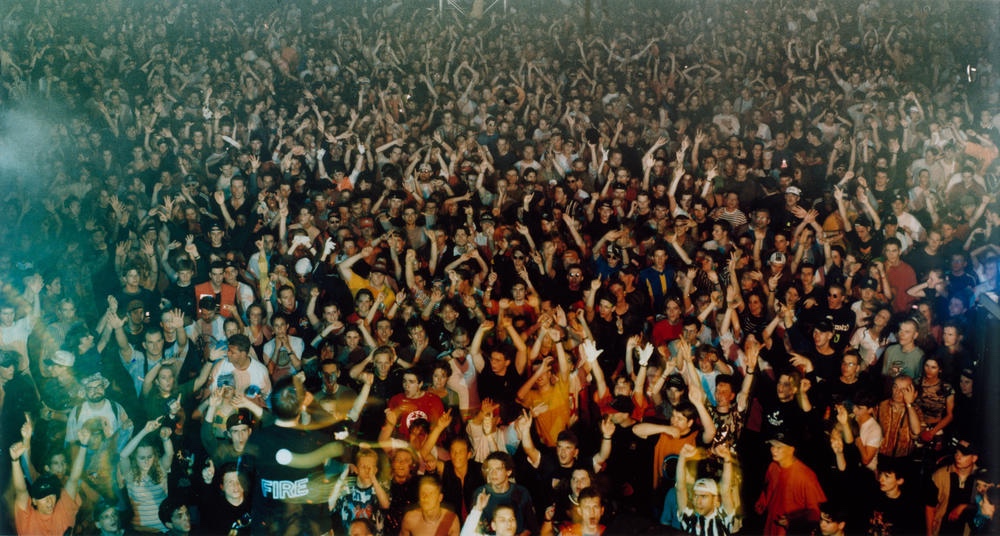
Source: Andreas Gursky
I am 48 and was away with the fairies from 88 to 93. Best days of my life –Charles, for the music video ‘Glue’ by Bicep.
The early steps of these social experiences can easily be labeled as a youth subculture, as they mostly attract young ravers. The first raves appeared in the UK during the 60s. They were underground events in warehouses or outdoor fields where their true essence could be hidden in plain sight. The core events had a secret doctrine codified as “Peace, Love, Unity, Respect (PLUR),” where people could come together regardless of their differences and share the cathartic moment together.
If a rave is successful, all melds into one cosmic soup and everything is one, and you can’t separate the music or the moves or which came first –Charlene Ma
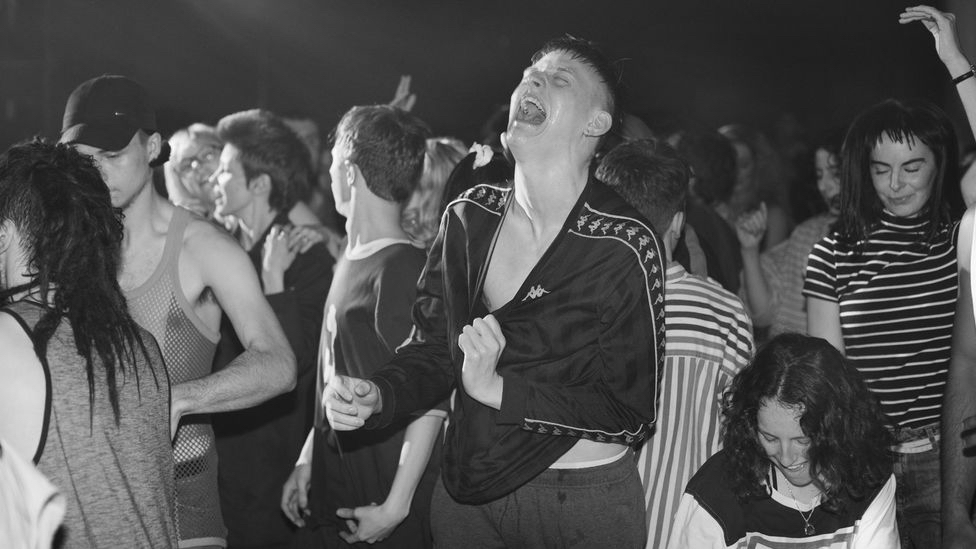
Source: BBC
Disappointed with how the world works, the youth chose a different path from their predecessors: they chose unity and found it in the raves, where pre-sexual innocence meets post-modern futurism. This odd hybrid between the primitive ways and the future ones created a sense of distance from the present age, only to discover alternative possibilities and realities.
We wouldn’t be exaggerating if we said “ravers are the dreamers”. Many interviews revealed one fact: raves resemble a techno-shamanistic voyage in which the DJ is considered a techno-shaman who leads the quest towards the utopia of a timeless land. The crucial elements in this matter are equally essential, tribalism and digitalisation. Ravers witness a tribal sense of unity in the comfort of digital music and lights to live the surreal experience.
Knowing those, we can’t help but wonder, what’ve been lost as raves became part of mainstream culture?
Widespread Of Raves
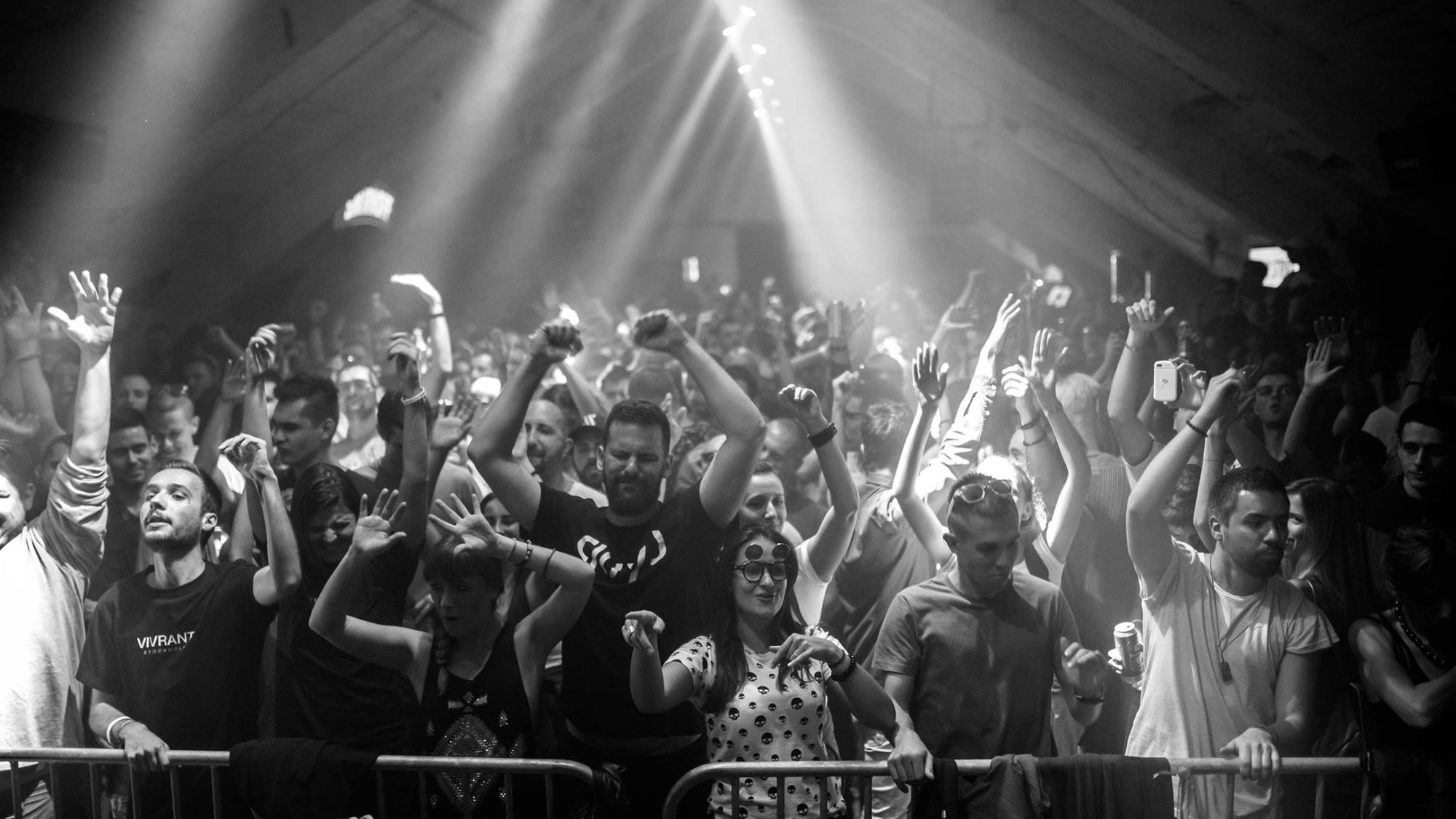
Source: Only Techno
The main issue arises with the commercialization of raves in the early 2000s. When dance parties began to be held in licensed nightclubs that would put a costly price tag on it. Their reasons ranged from economic matters to efforts to keep raves as ‘exclusive’ as possible. No matter what the intention was, this commodification altered the inclusive essence of the events.
There are now many shapes and forms of raves, from underground events to large dance festivals. This broad structure spectrum created two distinctive ideal types: the mainstream raver, who prefers highly commercialised large events with mixed music, and the original raver, who participates in events with techno-based genres in post-industrial locations.
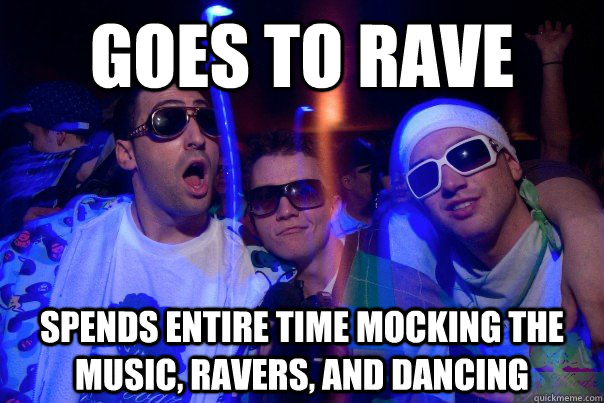
Source: Quick Meme
What makes the difference between them is arguably the embodiment of the core values. The spiritual journey that one may expect from raves isn’t always present in mainstream raves because the mainstream culture combines popular tastes. Moreover, the music can create a colossal cleavage because the modern-day underground rave scene has mostly adopted hardcore techno in the events, which isn’t really everybody’s cup of tea.
Not sure which ideal type of umbrella you fit under? Ask yourself this question: do you want to be part of a salad bowl in which one can taste every different ingredient, or do you want to melt into a cosmic soup where one exceeds the limits of time and space?
